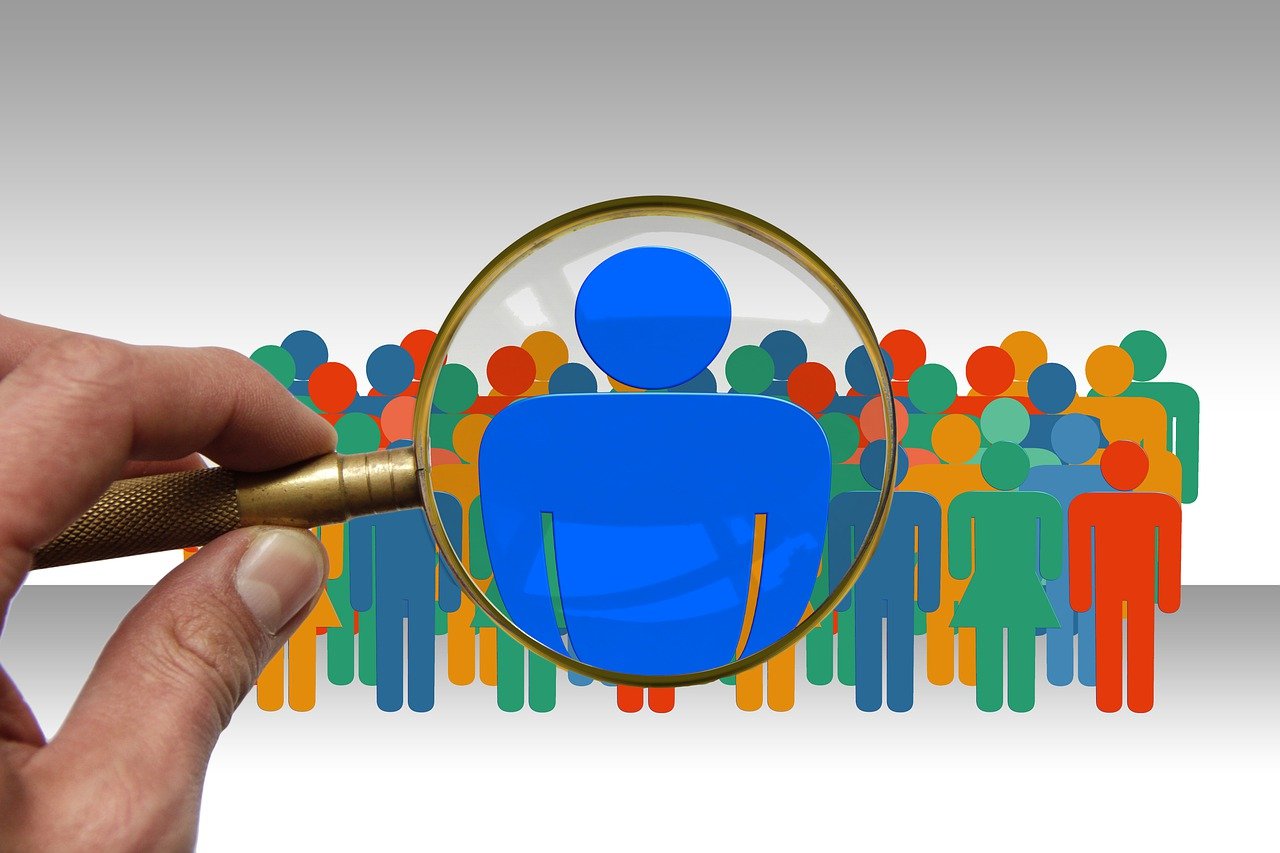CPG leaders (Consumer Goods Companies) understand that delivering exceptional consumer experiences is crucial for distinguishing their brands.
A customer-first strategy has emerged as a pivotal approach to business success in every industry, prioritizing customers’ needs, preferences, satisfaction and delight across all facets of an organisation.
This strategy is particularly vital for CPG companies given the direct impact on consumer choices and brand loyalty. It encompasses a comprehensive understanding of consumer behaviour and leverages advanced technologies like AI and data analytics to create personalized and seamless experiences from product development to point of sale and beyond.
For CEOs and business owners in the CPG sector, implementing a customer-first approach enhances customer loyalty and retention and drives profitability and long-term success in a rapidly evolving market.
Here are the ten most important questions that CPG leaders should ask when adopting a consumer-first strategy and culture in their organization.
If you prefer to listen rather than read:
1. What Does a Consumer-first Strategy Entail in the CPG Industry?
A customer-first strategy in CPG involves prioritizing consumer needs and experiences across all business operations, from product development to marketing and customer service. This approach requires CPG businesses to:
– Integrate consumer feedback into their product innovation processes
– Develop products that meet and ideally surpass consumer expectations for quality, convenience, and sustainability
– Provide exceptional consumer service across all touchpoints, including retail partners and e-commerce platforms
Companies like Honeywell and Medline Industries emphasize transparency and honesty, even when delivering uncomfortable truths, to build trust with their customers (Zendesk) (Graph Digital).
According to a study by Zendesk, 90% of companies collect customer feedback, but only 10% act on it, and just 5% communicate back to their customers about the changes they made based on their feedback. This highlights a significant gap that customer-first strategies aim to fill by fostering transparency and building trust.
Procter & Gamble’s (P&G) “Consumer is Boss” philosophy exemplifies a customer-first strategy. P&G regularly conducts in-home visits and observational research to understand consumer needs deeply. This led to innovations like Tide Pods, which addressed the consumer desire for convenient, pre-measured laundry detergent.
According to a study by IRI and Boston Consulting Group, CPG companies that excel in consumer-centric practices grow their revenue 2.5 times faster than industry peers.
2. How Can We Understand Our CPG Customers Better?
Understanding CPG consumers requires leveraging data analytics and AI technologies to gain insights into their behaviours, preferences, and needs. This is particularly crucial in an industry where consumer trends can shift rapidly.
– Use advanced analytics to interpret point-of-sale data, social media sentiment, and e-commerce behaviours
– Implement AI-driven personalisation in marketing and product recommendations
– Conduct regular consumer panels and focus groups to gather qualitative insights
A McKinsey report found that companies using data-driven personalisation see 5-8 times the return on their investment (ROI) and can lift sales by 10% or more.
In addition, 71% of consumers today expect companies to deliver personalized interactions, and 76% get frustrated when this doesn’t happen (TSI).
A good example of a successful omnichannel strategy is Starbucks’ reward program. Customer interactions are seamlessly integrated across multiple platforms, enhancing customer satisfaction and loyalty (Graph Digital). This comprehensive data collection helps in tailoring personalized experiences (Graph Digital).
Moreover, companies are increasingly using sentiment analysis and social media analytics to decode customer emotions and refine their strategies even further (Financial Times).
Unilever uses its People Data Centers to analyze billions of consumer data points from various sources. This helps them identify emerging trends and consumer needs, informing product development and marketing strategies.
If you believe that your customer-first strategy could be improved, we have numerous tools and training to help support your team.
3. How Can We Align Our CPG Organization with a Customer-first Mindset?
Aligning a CPG organization with a customer-first mindset involves embedding consumer-centric values across all departments and ensuring that every employee understands and contributes to the strategy.
– Set customer-focused KPIs for all departments, not just customer-facing roles
– Encourage cross-functional collaboration to ensure a consistent customer experience
– Implement regular training programs on customer-centricity and its importance in the CPG industry
This alignment can be achieved through regular training, setting customer-focused KPIs, and encouraging a culture of continuous improvement.
Companies like Marks & Spencer use augmented reality (AR) in stores to enhance the shopping experience, aligning their physical and digital touchpoints (Financial Times).
Nestlé’s “Creating Shared Value” approach aligns its business objectives with societal needs, ensuring that customer and community benefits are considered in all decision-making processes.
According to Deloitte, customer-centric companies are 60% more profitable than companies not focused on the customer.
4. What Impact Will a Customer-first Strategy Have on Our CPG Business?
A customer-first strategy can significantly improve customer loyalty, brand equity, and revenue for CPG companies.
– Increased customer retention and lifetime value
– Higher brand loyalty and market share
– Improved product innovation success rates
In addition, companies with strong customer engagement have a customer retention rate of 89%, compared to 33% for companies with weak engagement (Sprinklr Platform).
Effective customer-first strategies often result in higher customer lifetime value and lower acquisition costs.
The Coca-Cola Company’s focus on customer-centricity has led to successful product diversification (e.g., Smartwater, Honest Tea) and personalization campaigns (e.g., “Share a Coke”), contributing to sustained market leadership.
A study by Bain & Company found that a 5% increase in customer retention can increase profits by 25% to 95%.
5. How Can We Deliver Exceptional Customer Experiences in CPG?
Delivering exceptional customer experiences in CPG involves creating seamless, personalized, and engaging interactions across all touchpoints, from product discovery to post-purchase support.
– Implement omnichannel strategies to provide consistent experiences across retail, online, and direct-to-consumer channels
– Use augmented reality (AR) and virtual reality (VR) technologies to enhance product visualization and trial
– Leverage packaging innovations to improve product usability and sustainability
The use of advanced technologies like VR, AR, and AI can significantly enhance customer experiences, making them more immersive and personalized.
Meta’s new smart glasses and Apple’s Vision Pro headset offer customers interactive and engaging experiences, bridging the gap between online and offline interactions (Financial Times).
L’Oréal’s “Makeup Genius” app uses AR to allow customers to virtually try on makeup products, enhancing the pre-purchase experience and reducing uncertainty in color cosmetics purchases.
According to PwC, 73% of customers say that a good experience is key in influencing their brand loyalties, and 65% find a positive experience with a brand to be more influential than great advertising.
6. How Do We Measure the Success of a Customer-first Strategy in CPG?
Measuring the success of a customer-first strategy in CPG involves tracking key performance indicators (KPIs) such as:
– Net Promoter Score (NPS)
– Customer Lifetime Value (CLV)
– Brand equity metrics
– Product innovation success rates
– Market share growth
Regular feedback collection and analysis help identify areas for improvement and ensure that the strategy remains relevant and effective (TSI).
Kimberly-Clark uses a combination of NPS, customer satisfaction scores, and repurchase rates to measure the success of its customer-first initiatives across its portfolio of personal care products.
A study by the Temkin Group found that CPG companies that excel at customer experience have 1.5 times more engaged employees and retain customers who are 2.4 times more likely to stay loyal.
7. What Are The Challenges and Obstacles to Implementing a Customer-first Strategy for CPG Leaders?
Implementing a customer-first strategy in CPG can be challenging due to:
– Complex supply chains and distribution networks
– Balancing short-term sales targets with long-term customer value
– Ensuring data privacy and security in an increasingly digital landscape
– Managing relationships with retail partners while pursuing direct-to-consumer initiatives
A survey by Salesforce revealed that 62% of customers expect companies to maintain their data securely, and 60% will switch brands due to inconsistent customer service.
Overcoming these challenges requires a strategic approach, involving data management, employee training, and continuous monitoring of customer interactions (Sprinklr Platform) (Radarr).
Unilever faced challenges in balancing its sustainability goals (a key part of its customer-first strategy) with short-term profitability. The company overcame this by integrating sustainability into its core business model and communicating the value to both consumers and investors.
A survey by Salesforce revealed that 62% of CPG customers expect companies to adapt based on their actions and behaviour, highlighting the need for agile, data-driven strategies.
If you believe that your customer-first strategy could be improved, we have numerous tools and training to help support your team.
8. How Can We Use Technology to Support a Customer-first Approach in CPG?
Technology is crucial for supporting a customer-first approach in CPG:
– AI and machine learning for demand forecasting and personalized marketing
– Internet of Things (IoT) for smart packaging and supply chain optimization
– Blockchain for improved traceability and transparency
– Advanced analytics for real-time consumer insights
The integration of these technologies enables companies to deliver more accurate, personalized, and timely solutions to meet customer needs (Financial Times).
PepsiCo uses AI-powered robots (Snackbots) on college campuses to deliver snacks directly to consumers, gathering valuable data on purchasing habits and preferences.
According to Gartner, 64% of customer service leaders are looking to invest in AI to improve team efficiency, and 83% of enterprises are either investing in or planning to invest in generative AI for customer service.
9. How Do We Maintain a Customer-first Approach Over Time in CPG?
Maintaining a customer-first approach in CPG requires continuous adaptation and innovation:
– Regular consumer trend analysis and forecasting
– Agile product development processes to respond quickly to changing needs
– Ongoing investment in employee training and development
– Continuous improvement of data analytics capabilities
Businesses must stay up-to-date with technological advancements and evolving customer expectations.
Regularly collecting and analyzing customer feedback is essential to identify trends, preferences, and potential areas for improvement. Only by ensuring this ongoing effort can companies adapt their strategies and remain competitive in a dynamic market (Graph Digital) (TSI).
Johnson & Johnson’s JLABS incubator program allows the company to stay connected with emerging consumer health trends and innovations, ensuring its customer-first approach remains relevant.
McKinsey reports that CPG companies that regularly refresh their consumer segmentation and tailor their approach accordingly achieve 10-15% higher revenue growth than their peers.
10. What Role Do CPG Leaders Play in Driving a Customer-first Culture in CPG?
Leadership is critical in establishing and maintaining a customer-first culture in CPG:
– Prioritize customer needs in strategic decisions
– Model customer-centric behaviors
– Invest in customer experience initiatives
– Foster a culture of innovation and continuous improvement
Companies with customer-centric leaders are 2.5 times more likely to achieve their customer experience goals. Effective leadership fosters a culture of accountability, innovation, and continuous improvement, leading to better customer relationships and business outcomes (TSI).
Alan Jope, CEO of Unilever, has been instrumental in driving the company’s “Brands with Purpose” strategy, emphasizing the importance of addressing consumer needs while also tackling social and environmental issues.
Companies with customer-centric leaders are 2.5 times more likely to achieve their customer experience goals, according to a study by Forrester.
Conclusion: The Future of Customer-Centricity CPG Leaders
Implementing a customer-first strategy in the CPG industry is a transformative process that requires a deep commitment to understanding and addressing consumer needs. As the industry continues to evolve with changing consumer preferences, technological advancements, and sustainability concerns, maintaining a strong customer-first focus will be essential for achieving sustainable growth and competitive advantage.
The future belongs to those CPG companies that can anticipate and meet consumer needs most effectively, making the customer-first strategy not just a choice, but a necessity for survival and growth in the industry.
However, challenges such as data privacy concerns, technological investments, and organizational alignment must be carefully navigated.
Effective leadership is crucial in fostering a culture that prioritizes the customer at every level of the organization. As businesses continue to adapt to changing market conditions, maintaining a strong customer-first focus will be essential for achieving sustainable growth and competitive advantage.
The executive team must lead by example and redefine their vision and mission to specifically include the customer. If it is time yours were updated, then read “The Essential Customer-Centric Mission Statement for Achieving Success.”













